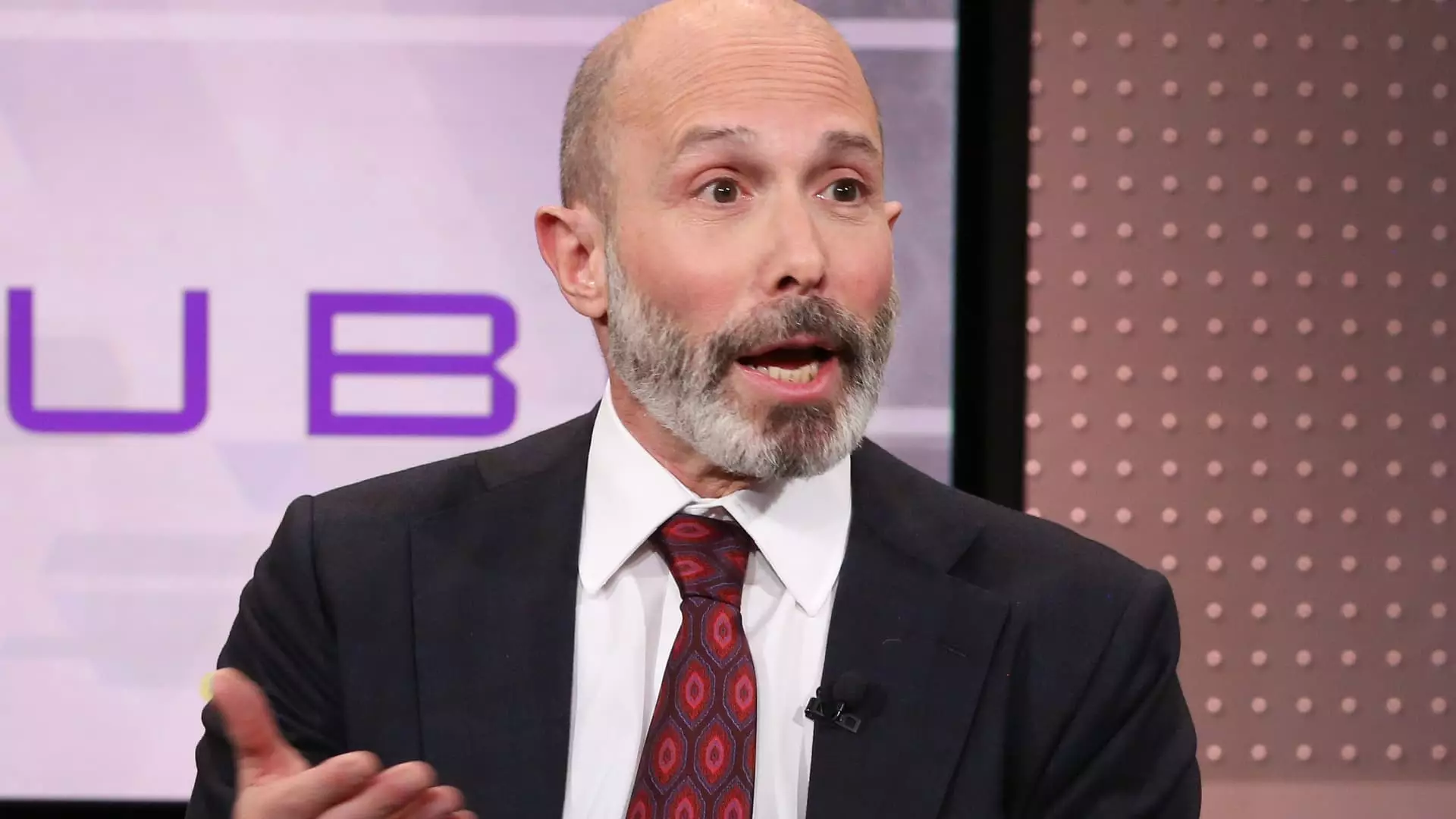Insurance markets are frequently characterized by their complexities, regulatory constraints, and the overarching influence of climate change. California serves as a particularly illustrative example of these dynamics, challenging major insurance providers while simultaneously shaping their strategies for risk management and profitability. Chubb, under the leadership of CEO Evan Greenberg, exemplifies how a company can navigate these turbulent waters, emphasizing prudent risk assessment and innovative responses to market pressures.
One of the distinguishing features of Chubb’s operational philosophy is its unwavering commitment to risk evaluation. Greenberg has consistently maintained that Chubb will refrain from underwriting policies that do not offer a reasonable return on risk. This strategic stance has positioned Chubb favorably within a landscape rife with uncertainties. In his latest earnings call, Greenberg highlighted a remarkable quarter, attributing the success to their disciplined approach, which also reflects the company’s broader performance for the year—deemed the best in its history.
The stability of Chubb’s stock is evidenced by a 3% increase following this call, notwithstanding recent pressures related to devastating wildfires in the Los Angeles area. Chubb, along with other major insurers such as Allstate and Travelers, finds itself confronting significant exposure in the wake of these environmental disasters. In fact, Chubb anticipates $1.5 billion in net pretax costs from these wildfire brush-ups in the forthcoming quarter.
California’s regulatory landscape presents formidable challenges, particularly in terms of pricing. Greenberg has highlighted that state regulations alongside consumer advocacy efforts effectively suppress premium rates, pushing these down to levels that do not accurately reflect the associated risks. This scenario is not unique to California but is particularly pronounced there, where the consequences of climate-related catastrophes are both pronounced and complex. Interestingly, Greenberg made a compelling argument that this unsustainable pricing model could eventually lead to detrimental outcomes for both the insurance companies and the residents who seek coverage.
What emerges from this discussion is a critical examination of sustainability in the insurance sector. When premiums do not equate to risks, it creates an environment where both consumers and insurers face heightened vulnerabilities. This tension can yield unsustainable business practices that could jeopardize the long-term viability of insurers operating within the state.
Despite the rocky terrain of California’s insurance market and the broader challenges posed by inflation, Chubb remains poised for continued growth. Greenberg expressed optimism that the firm could maintain double-digit growth in operating earnings and earnings per share (EPS) even amidst these pressures. This resilience is attributed to Chubb’s diverse revenue channels—spanning property and casualty underwriting, investment income, and life insurance segments.
The company has strategically focused on courting the commercial middle-market segment, which primarily encompasses businesses with revenues under $1 billion. Here, Chubb sees vast potential, particularly as it possesses a competitive edge over regional and mutual insurers, which may lack the robust infrastructure needed to navigate risks effectively. This includes capabilities in data analytics and reinsurance relationships, tools that are increasingly necessary in the face of climate change and resulting litigation.
Chubb’s latest financial disclosures reflect promising growth metrics. The property and casualty underwriting income increased by 7% year-over-year, while the combined ratio—an important indicator of underwriting profitability—stood at an impressive 86.6%. Moreover, global premiums written in the property and casualty realm saw a nearly 10% uptick, accompanied by an18.5% rise in life insurance premiums.
Interestingly, the company has also seen substantial growth in its high-net-worth insurance segment—reporting a 17.6% boost due to its provision of specialized coverage and exceptional service quality. Homeowners insurance prices have grown by over 12%, positioning Chubb optimally for continued success.
However, it is essential to note the nuance in agricultural premiums, which have seen a downturn influenced by fluctuating commodity prices and a revised risk framework from the U.S. government. This moment of decline underscores the multifaceted nature of the challenges faced by insurance providers, even as they celebrate significant growth in other areas.
Chubb stands at a critical juncture, embodying both the challenges and triumphs faced by insurance providers in a complex and often contradictory landscape. Through a risk-averse approach and astute market navigation, the company not only withstands current pressures but also strategically positions itself for future growth. As environmental changes continue to reshape the insurance sector, companies like Chubb will need to adapt, innovate, and address regulatory obstacles to sustain their momentum and safeguard their interests. The resilience and strategic foresight displayed by Chubb may serve as a blueprint for other insurers grappling with similar market forces.

